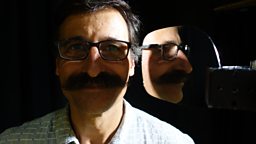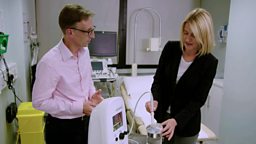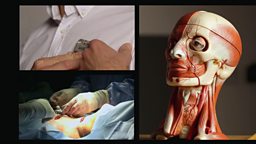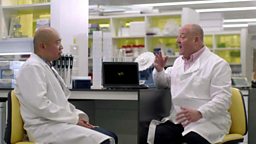Magnetic marker technology developed for cancer surgery
Every day in the UK, 140 women are diagnosed with breast cancer. The key aim of screening programmes is to detect tumours before they have a chance to grow and spread. The next step is to remove the tumour.
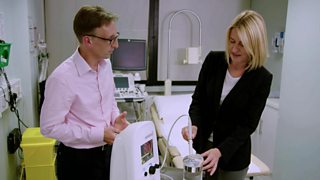
To be able to do this, the surgeon needs a way to find the tumour within the patient once the operation has begun. The standard technique that surgeons use is a guide wire, one end of which is inserted into the tumour and the other left protruding from the body. In the operating room, the surgeon follows the wire to the cancer and cuts out the tissue at its extremity.
This technique has been used effectively for over 40 years, but accurately locating small tumours can be a problem. With screening programmes now able to detect tumours early, as many as 50% are so small that the surgeon may not be able to feel them. This makes it difficult to know the best route of approach, or what tissue to remove.
A new system is now being developed which could make it easier and quicker for surgeons to locate small tumours.
The technique involves using a mammogram or ultrasound scan to locate the tumour, and then implanting a tiny magnetic marker or ‘seed’. The aim is that this device will guide the surgeon to the tumour reliably and precisely, even when they cannot feel it.
At the time of surgery, a probe is placed on the breast, and the probe emits an audible signal which changes in pitch depending on distance from the marker. One key advantage of the magnetic marker is that it can guide the surgeon to the tumour from any angle of approach.
The main goal of cancer surgery is to remove the tumour and ensure the margins are clear of cancerous tissue. The secondary intention is to minimise the amount of normal tissue that’s removed. The magnetic marker system allows the shortest, most direct route to the tumour to be identified. This is less destructive to healthy tissue, and also means that operations can be quicker.
This technology is entering larger trials to establish its efficacy but early indications are that it could bring significant benefits to cancer surgery.



